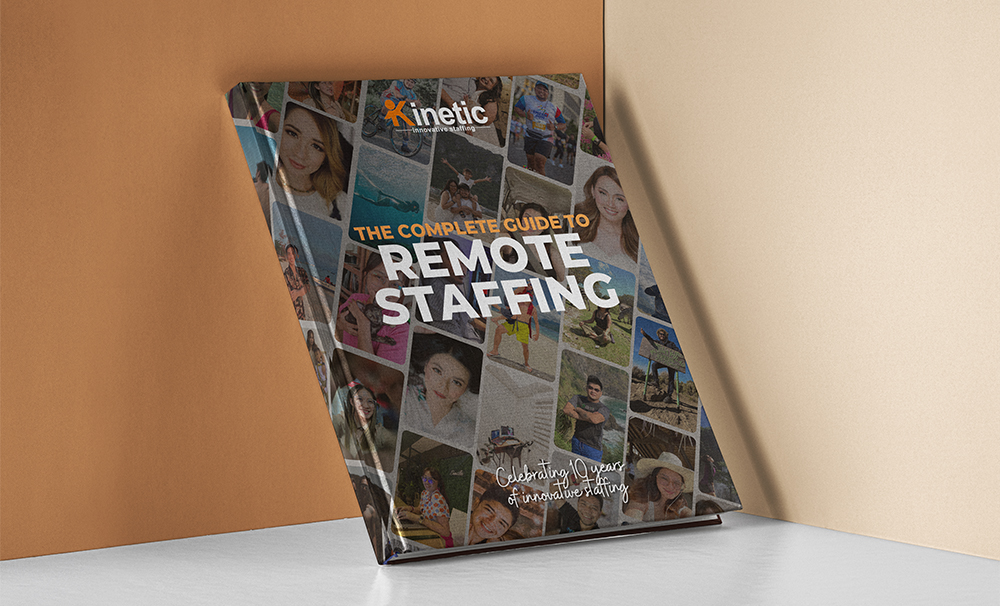$37 billion.That’s the money lost each year to unproductive meetings.

There are too many happening every day, some 11 million in the United States alone, and too many of them don’t even have a strong agenda.
Save for the odd “meeting junkie” who craves sitting in a room for hours on end, people are generally aversed to meetings. Yes, especially CEOs, who had to sit through 2.3x more hours in meetings than their counterpart from the 1960s.
Unproductive gatherings cut into employees’ productive working time. There are opportunity costs for everyone and those will impact the company.
But meetings, for all their imperfections, are an important element of success. They are here to stay. They have a place, but we need to learn to conduct them in a less soul-crushing way.
Meetings Of The Last Resort
Meetings are not the solution to everything. Leaders often resort to them when they need to:
- Ask a question
- Exchange information
- Hear updates
- “Touch-base”
- Discuss anything
These things can easily be realized on some other platform or with some other process—a shorter, more efficient one. You don’t even need to use the latest tech. You can get by with an email, a short memo, a brief phone call, even a cubicle “fly-by.”
(Speaking of tech, instead of synchronous face-to-face or virtual meetings, you can use project management applications like Asana and Monday. These and other applications can help you effectively manage a distributed workforce.)
Meetings compel people to drop whatever they’re doing to get together at a specific time. With today’s tools, you don’t have to do that. Your “meeting” can be a continuous collaboration where people can come in at their best moments and not be put on the spot.
Meetings are essential, but we need to have a higher threshold for calling them. They shouldn’t be something we do just because “It’s Wednesday!”
Every decision does not require a meeting.
(For example, CEOs should not call them just so, in the future, if a decision backfires, they can cry, “But we had a meeting about it!”)
Nor should you invite everybody to one. You don’t stick somebody in a gathering where the things discussed will be way above his pay grade. And you don’t include executives in talks about how much office supplies to order. In both cases, you are wasting time and negatively impacting the bottom line.
We should have more reasons for calling meetings than just to hear updates.
Making (Almost All) Meetings Obsolete
Do everything in your power to eliminate the need to meet. I don’t mean that you stop sharing information or collaboration. I mean to look for ways to accomplish these things without cutting into individual productive time.
You need to look at the bigger picture and revisit how you do things.
Are your employees empowered to make decisions? Are their responsibilities delineated? Do they understand the company’s vision and where it is going?
These are the things that should be in the DNA of every employee. So invest the time to create a document that outlines things like:
- the group’s core beliefs and guiding principles
- a clear description of titles and the individual tasks involved
- the standard operating procedures
- policies
- best practices
- expected conduct and behaviour
For example, if the team, via policy, knows that the company only goes after clients of a certain size or a specific industry, it precludes this discussion:
“Should we pursue this one? What do you think?”
“I dunno. What do you think?”
“I’m not sure. What do you think?”
Invest the time and meet to establish these “ground rules.” And turn it into a written document. Let everybody know what’s up. This will eliminate several hours’ worth of discussions down the road. You can’t cover all bases or predict everything, but at least the group will have a “playbook” to refer to.
When the people in the organization know what it is all about, where it is going, know what is expected of them (and when), what is left are complex issues that genuinely need to be talked about. These are the things that truly require discussion.
The quality of meetings gets better.
(If an issue can be resolved in 5 minutes, it’s really not an issue and should never be an item on the agenda.)
The Facilitator
Without a pre-appointed guide, any talk about a complex issue will meander into the wee hours of oblivion. A facilitator should run proceedings. He/She doesn’t necessarily have to be the CEO, but somebody well versed in handling group discussions.
A meeting run badly will pull the organization down. A multi-industry study pointed out that badly run meetings were correlated to lower market share, lower levels of innovation and employment stability. (These are the kinds of gatherings where people are criticizing and complaining instead of collaborating, and speakers are making speeches instead of communicating.)
In another study, it was found that the effectiveness of meetings has an impact on employee satisfaction, happiness and well-being.
Instead of helping…meetings…run badly…hurt.
Thus the need for a good facilitator.
A good facilitator can encourage engagement, rein in members who tend to dominate the conversation and steer the discussion back on topic. He can rephrase, clarify, or amplify what is being said.
He also has time-keeping duties and ensures that the gathering starts and ends on time.
Because when you’ve already eliminated those questions and decisions that can be finished in 5 minutes, you are left with complex topics that could, theoretically, be talked about forever. The discussion will never end because there will always be things to say about complex agendas.
A facilitator can mark time and say, “Let’s decide.”
“The Six Thinking Hats”
“The Six Thinking Hats” was developed by creativity expert Edward de Bono to help groups and organizations make decisions. It’s been used by major corporations like IBM, Du Pont, Prudential and Japan’s NTT (Nippon Telephone and Telegraph), and has been an integral part of their employee training.
As part of the meeting, the “Hats”:
- helps side-step arguments.
- protects the ego of those involved.
- gives everyone a chance to be heard.
- covers all the bases of the different issues.
- provides ample time and space for creative thinking.

“The Six Thinking Hats” comes in different “colours.” There’s Black, White, Red, Blue, Green, and Yellow.
What the different colours represent is a way of thinking about things. The colours guide the attendees on how to think about a subject.
For example, say the group is evaluating a proposal. When the facilitator says, “We need some black hat thinking on this one.” Black represents a warning, something terrible or gloomy. In short, the facilitator is asking for possible reasons, scenarios, problems or limitations that might make a plan fail.
As a team, the group looks at different ways that a project might not work or fall flat on their faces.
Of course, this would be balanced out by some Yellow Hat thinking. That’s when the members deliberately take a more optimistic view of the project. It’s more sunshine-ey in Yellow land.
Why would this proposal or plan work? What are the benefits and potentials of this project?
Here’s what the rest of the colours represent:
- White Hat
White is plain and simple. It is the uncoloured truth. White hat thinking is used to tease out the facts, without judgment. Oftentimes, to think of the issues correctly, a facilitator might ask for the data and information first. “What facts do we know about the issue?”
- Red Hat
Red represents emotions. Sometimes people just have a gut feeling or intuition about a project. It doesn’t need to be backed up with data or logic. Red hat thinking teases out “impressions” and “intuitions” from the group and allows the folks in the meeting to express what they “feel.”
- Green Hat
This is the creative and brainstorming part. Green thinking is lush with ideas. The team is asked to put forward some ideas, alternatives or even unique ways of solving the problem. “What’s another way of looking at this?” “What alternatives had we not considered?”
- Blue Hat
The sky is blue, and from the top, you can see the bigger picture. Blue hat thinking is often used by the facilitator for process control. He can say something like, “I think we need to go back to some Green hat thinking and get some more ideas.”
Blue hat thinking is a check on how things are going. It lets the whole team do a check on the meeting itself. “Are we being productive here?”
With “The Six Thinking Hats”, instead of one person defending a proposal and another one serving as “Devil’s Advocate,” the whole team thinks through the different sides of the issue together. There’s greater collaboration as group members build on each other’s ideas. For one, it forces the more pessimistic members of the team to come out of their usual trains of thought and view things more positively (and vice versa).
The book of the same title explains the process more fully, with its nuances and treatments. With “The Six Thinking Hats,” you and your group will have improved the productivity of every meeting minute.
But you got to have a competent team to meet with in the first place. Having a great strategy will come to naught without great people behind it. Kinetic Innovative Staffing helps businesses around the world hire highly-skilled remote professionals, at the fraction of the cost.
And in addition to helping you form a great remote crew, Kinetic also provides a full suite of tools that help you manage an international group and kick those meetings up a notch.
Contact us and we’ll show you how.
Kinetic Innovative Staffing has been providing hundreds of companies in the Asia Pacific, North America, the Middle East, and Europe with professionals working remotely from the Philippines since 2013. Get in touch to know more.




